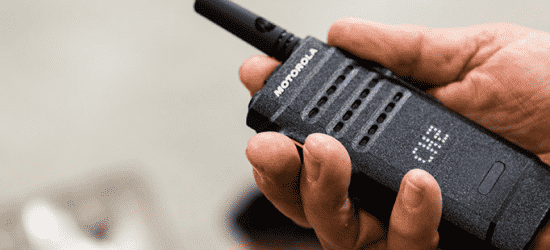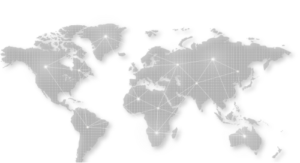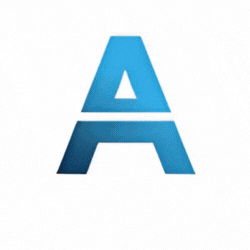Detail Engineering
A Detailed Engineering project builds upon the Basic Engineering phase and develops a complete set of construction-ready documents. These cover all disciplines, including Civil, Mechanical, Process, Electrical, Telecommunications, Instrumentation and Control, and Computer Systems. Each document is reviewed and approved for execution to ensure technical accuracy and consistency. This phase establishes a precise and fixed project cost estimate to deliver a project that is executed on time, within budget, and without deviations.
Documentation for Detailed Engineering Project

Civil Engineering
- Project Overview: Defining site location, project scope, and objectives.
- Design Criteria: Establishing load specifications, material requirements, and structural analysis.
- Drawings: Preparing detailed site plans, foundation layouts, and structural diagrams.
- Construction Methods: Outlining techniques, materials, and construction sequences.
- Regulations: Ensuring full compliance with local building codes and standards.
Enclosures
- Specifications: Defining enclosure type, materials, and insulation properties.
- Design Drawings: Preparing detailed layouts and technical drawings of enclosure types.
- Installation Details: Outlining methods and standards for proper installation.
- Maintenance Requirements: Establishing cleaning, inspection, and repair procedures for long-term performance..


Air Conditioning
- System Design: Selection of system type (central, split, etc.), capacity planning, and layout optimization.
- Equipment: Specifications for HVAC units, ductwork, controls, and related components.
- Installation Guidelines: Proper placement, connections, and seamless integration with other building systems..
- Maintenance: Scheduled servicing, performance checks, and troubleshooting for long-term efficiency.
Electricity
- Electrical Design: Accurate load calculations, circuit layouts, and optimized power distribution.
- Wiring Diagrams: Detailed layouts for circuits, panel boards, and electrical connections.
- Equipment: Specifications and integration of generators, transformers, and switchgear.
- Safety Standards: Full compliance with electrical codes and stringent safety regulations.


Compressed Air, Steam, Hot and Cold Water
- System Design: Pressure requirements, flow rates, and system layout.
- Piping Diagrams: Detailed diagrams for piping systems and connections.
- Equipment: Specifications for compressors, boilers, and pumps.
- Maintenance: Inspection schedules, servicing, and troubleshooting.
Purified Water
- System Design: Filtration and purification processes, water storage, and distribution.
- Piping and Equipment: Specifications for pipes, filters, and storage tanks.
- Quality Control: Procedures for monitoring and maintaining water quality.
- Maintenance: Regular checks, cleaning, and servicing.


Extraction
- System Design: Design of extraction systems, including ductwork and hoods.
- Equipment: Specifications for fans, filters, and control systems.
- Installation Guidelines: Placement and integration with other systems.
- Maintenance: Cleaning schedules, filter replacement, and system checks.
Waste Treatment
- System Design: Treatment processes (e.g., biological, chemical), waste handling, and disposal.
- Equipment: Specifications for treatment units, pumps, and monitoring devices.
- Regulations: Compliance with environmental regulations and standards.
- Maintenance: Routine checks, servicing, and troubleshooting.


Special Gases
- System Design: Handling, storage, and distribution of special gases.
- Safety Standards: Full compliance with electrical codes and stringent safety regulations: Specifications for gas cylinders, regulators, and pipelines.
- Safety Measures: Procedures for safe handling and emergency response.
- Maintenance: Regular inspections and servicing of gas systems.
Fire Protection Systems
- Design: Types of fire protection systems (e.g., sprinklers, alarms), layout, and coverage.
- Equipment: Specifications for detectors, alarms, and extinguishers.
- Installation Guidelines: Placement and integration with building systems.
- Maintenance: Regular testing, inspections, and servicing.


Safety
- Safety Plan: Risk assessments, safety procedures, and emergency response plans.
- Safety Equipment: Specifications for personal protective equipment (PPE) and safety gear.
- Training: Procedures for training staff on safety protocols and emergency response.
- Regulations: Compliance with occupational health and safety standards.
Communications
- System Design: Network layout, types of communication systems (e.g., telephony, data).
- Equipment: Specifications for servers, routers, and communication devices.
- Installation Guidelines: Placement, wiring, and configuration.
- Maintenance: Regular updates, troubleshooting, and servicing.


Other Installations
- Design and Specifications: Details for any other specialized systems or installations not covered above.
- Integration: How these installations integrate with existing systems.
- Maintenance: Procedures for keeping these installations in good working condition.


